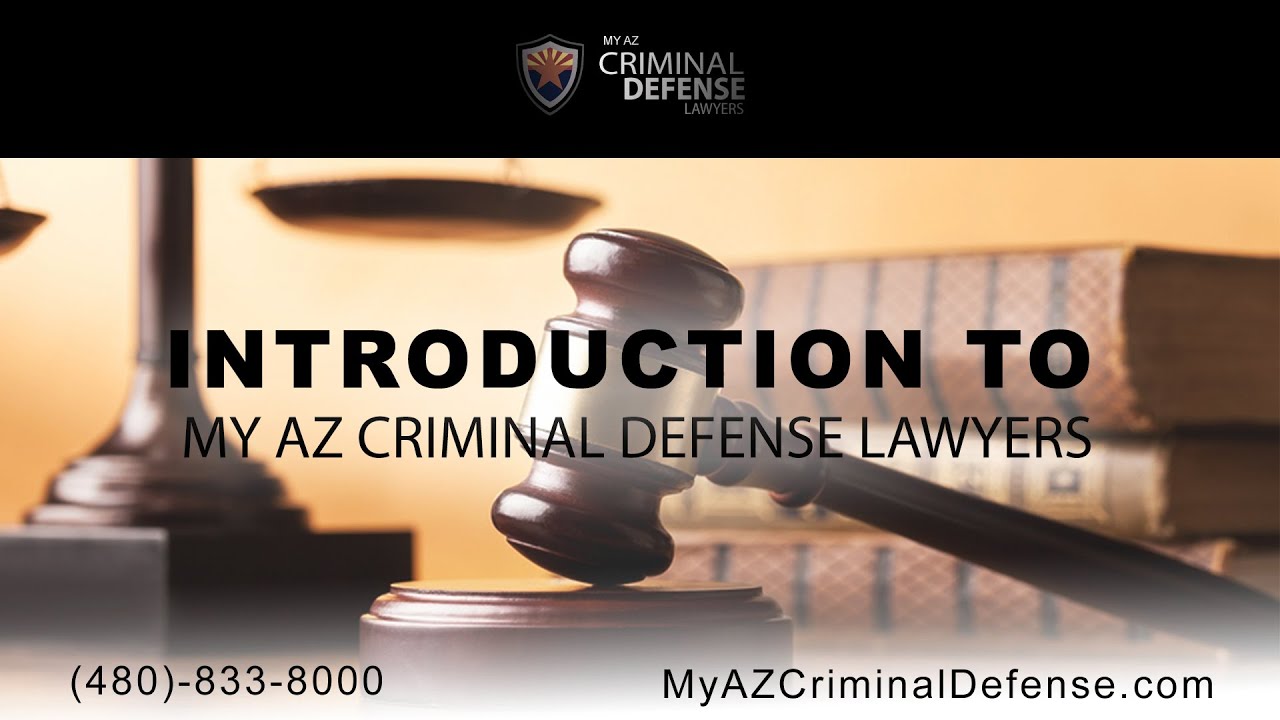Introduction
The aftermath of a car accident can be physically, emotionally, and financially draining. If you’ve suffered injuries and emotional distress due to someone else’s negligence, you may be wondering about your options for seeking compensation. Filing a lawsuit for pain and suffering is a significant step, but it can be an important path toward recovering the damages you’ve incurred. This guide will provide you with comprehensive information on how to navigate the legal process and advocate for your rights.
Understanding Pain and Suffering Damages
Pain and suffering damages refer to the non-economic losses you’ve experienced as a result of the accident. They encompass the physical pain, emotional distress, mental anguish, loss of enjoyment of life, and other intangible losses that are not easily quantifiable. These damages aim to compensate you for the subjective toll the accident has taken on your well-being.
Awards for pain and suffering can vary widely depending on the severity of your injuries, the extent of your suffering, and the specific circumstances of the case. Factors such as the degree of physical pain, the duration of your recovery, the impact on your daily life, and the presence of psychological distress all play a role in determining the amount of compensation you may be entitled to.
Proving pain and suffering damages can be challenging, as there is no objective measure for these subjective experiences. However, by providing detailed documentation of your injuries, medical records, and statements from healthcare professionals, you can strengthen your claim and demonstrate the extent of your suffering. Attorneys experienced in personal injury law can also guide you through the process of proving your pain and suffering damages effectively.
Filing a Lawsuit
To initiate a lawsuit for pain and suffering, you must first file a complaint with the appropriate court. The complaint outlines the details of the accident, the injuries you sustained, and the damages you are seeking. It is essential to file your lawsuit within the statute of limitations, which varies from state to state but typically ranges from one to six years.
Once the complaint is filed, the defendant (the person or entity being sued) will have an opportunity to respond. They may file an answer, which admits or denies the allegations in the complaint, or they may file a motion to dismiss the case. The discovery process then begins, where both parties exchange information and documents related to the case.
Depending on the complexity of the case, the discovery process can take several months or even years. During this time, you may be asked to provide medical records, witness statements, and other evidence to support your claim. The discovery process is crucial for gathering the necessary evidence to present your case effectively at trial.
How to Sue for Pain and Suffering From a Car Accident
If you’ve been injured in a car accident, you may be wondering if you can sue for pain and suffering. The answer is yes, you can sue for pain and suffering, but it’s not always easy. Here are the steps you need to take:
Step 1: Gather Evidence
To prove your case, you will need to gather evidence of your injuries, the accident, and the other driver’s negligence. This evidence can include:
- Medical records
- Police reports
- Witness statements
- Photos of the accident scene
- Photos of your injuries
- A journal of your pain and suffering
Step 2: Determine the Value of Your Claim
Once you have gathered your evidence, you need to determine the value of your claim. This can be a difficult task, as there is no set formula for calculating pain and suffering damages. However, there are some factors that courts will consider when determining the value of your claim, including:
- The severity of your injuries
- The length of time you were injured
- The impact of your injuries on your life
- Your age and health
- The other driver’s negligence
Step 3: Find an Attorney
If you are considering suing for pain and suffering, it is important to find an attorney who has experience handling these types of cases. An experienced attorney can help you gather the necessary evidence, determine the value of your claim, and negotiate a settlement with the insurance company. If you cannot agree on a settlement then you file a lawsuit.
Step 4: File a Lawsuit
If you are unable to reach a settlement with the insurance company, you may need to file a lawsuit. A lawsuit is a formal complaint that you file with the court. The lawsuit will set forth your claims against the other driver and will ask the court to award you damages.
Step 5: Go to Trial
If you are unable to reach a settlement before the trial date, your case will go to trial. A trial is a hearing in which a judge or jury will hear the evidence and decide whether or not you are entitled to damages. If you win your case, the court will award you damages for your pain and suffering.
Suing for pain and suffering can be a long and difficult process, but it may be worth it if you have been seriously injured in a car accident. By following these steps, you can increase your chances of obtaining a fair settlement or a judgment in your favor.
Remember, you are not alone. There are many people who have been through what you are going through. There are also many resources available to help you, including attorneys, support groups, and online forums.
How to Sue for Pain and Suffering in a Car Accident
If you’ve been injured in a car accident, you may be wondering how to sue for pain and suffering. Here’s what you need to know.
Step 1: Gather Evidence
The first step towards seeking justice for your physical, emotional, and mental anguish is compiling strong evidence to substantiate your claim. Gather pertinent documents, such as the official police report, medical records detailing the injuries sustained, and any witness accounts that corroborate the circumstances surrounding the accident. Additionally, photographs of the accident scene, your injuries, and any property damage can serve as valuable proof reinforcing your case.
Step 2: File a Complaint
Once you’ve compiled your evidence, you will need to file a complaint with the court. This complaint will outline the legal grounds for your claims and the damages you’re seeking. It’s wise to consult with a personal injury attorney to ensure that your complaint is drafted professionally, clearly outlining the facts and legal basis of your case.
Step 3: Prove Damages
This step delves into the core of your case, where you must demonstrate the extent of your suffering and quantify the damages you seek. These damages encompasses more than just the immediate physical injuries you sustained. You can also claim compensation for lost wages, medical expenses, future medical costs, loss of earning capacity, and even the emotional distress and pain you’ve endured following the accident. To strengthen your case, it is vital to meticulously document your injuries, treatments, and emotional struggles through medical records, expert testimony, and personal accounts.
How to Sue for Pain and Suffering After a Car Accident: Navigating the Legal Maze
Have you been in a car accident and are now suffering from debilitating pain? You may be wondering if you can sue for your pain and suffering. The answer is yes, but it’s important to understand the legal process involved. Here’s a comprehensive guide to help you navigate the legal maze:
Step 1: Consult an Attorney
The first step is to consult with an experienced personal injury attorney. They can assess your case, advise you on your legal options, and help you file the necessary paperwork.
Step 2: File a Complaint
Once you have an attorney, they will file a complaint with the court. This document will outline your legal claims and the damages you are seeking, including compensation for your pain and suffering.
Step 3: Discovery
After the complaint is filed, both sides will engage in discovery, a process of exchanging information and documents. This process may involve interrogatories (written questions), depositions (formal testimony under oath), and requests for production of documents. The purpose of discovery is to allow both sides to fully understand the facts of the case and prepare for trial.
Step 4: Settlement Negotiations
In many cases, the parties can reach a settlement agreement before the case goes to trial. This involves negotiating a financial compensation for your pain and suffering, medical expenses, and other losses. If the defendant’s insurance company refuses to offer a fair settlement, you may need to proceed to trial.
Step 5: Trial
If settlement negotiations fail, the case will proceed to trial. At trial, both sides will present their evidence and arguments to a judge or jury. If you win your case, the court will award you damages, which may include compensation for your pain and suffering.
How to Sue for Pain and Suffering After a Car Accident
If you’ve suffered a car accident, you may be wondering how you can sue and seek compensation for the injuries and suffering you’ve endured. It can be hard to understand where to start. We’ll guide you through the steps involved in filing a lawsuit and provide actionable tips to help you get the justice you deserve.
Step 4: Trial
The trial is the final stage of a personal injury lawsuit if the case cannot be settled beforehand. During the trial, both parties present their evidence and arguments to a jury, who will then decide on a verdict. The jury will consider various factors, including the severity of your injuries, the extent of your pain and suffering, and the impact of the accident on your life.
Preparing for Trial
Preparing for trial requires meticulous attention to detail. Your attorney will gather evidence, interview witnesses, and build a compelling case that demonstrates the extent of your damages. This may involve obtaining medical records, accident reports, and expert testimony to substantiate your claims.
Presenting Your Case
At trial, your attorney will present opening statements outlining the facts of the case and the legal arguments supporting your claim. Witnesses will be called to testify about what they saw or heard, and evidence will be introduced to support your version of events. Your attorney will also cross-examine the opposing party’s witnesses to challenge their testimony.
Closing Arguments
Once both sides have presented their evidence, closing arguments are delivered. Your attorney will summarize the key points of your case, emphasizing the strength of your evidence and the credibility of your witnesses. They will also address any weaknesses in the opposing party’s case and urge the jury to find in your favor.
Jury Deliberation and Verdict
After closing arguments, the jury retires to deliberate. They will consider all the evidence and arguments presented during the trial and reach a verdict. The verdict will determine whether you are entitled to compensation for your injuries and pain and suffering. If the jury finds in your favor, the amount of damages you are awarded will be based on the severity of your injuries, the extent of your pain and suffering, and the impact of the accident on your life.
How to Sue for Pain and Suffering After a Car Accident
Have you been injured in a car accident and are wondering how to sue for your pain and suffering? Here’s a step-by-step guide to help you navigate the process.
Step 5: Settlement
The majority of personal injury cases settle before trial. This is because both parties usually stand to benefit from avoiding the time and expense of a trial. Settlements are confidential agreements between the plaintiff (the person who was injured) and the defendant (the person or entity responsible for the injury). The agreed-upon settlement amount typically compensates the plaintiff for their pain and suffering, medical expenses, lost wages, and other damages.
If you are considering settling your case, it is important to consult with an attorney to ensure that you are receiving a fair settlement. An attorney can help you negotiate the terms of the settlement and make sure that your interests are protected.
Tips for Negotiating a Settlement
- Be realistic about your injuries and damages. Don’t ask for more money than you are entitled to.
- Be prepared to compromise. You may not get everything you want, but you should be able to reach a settlement that is fair to both parties.
- Don’t be afraid to walk away. If the other side is not willing to offer a fair settlement, you can always walk away from the negotiations.
If you are unable to reach a settlement, your case will go to trial. Trials can be lengthy and expensive, but they may be necessary to get the compensation you are entitled to.




Leave a Reply